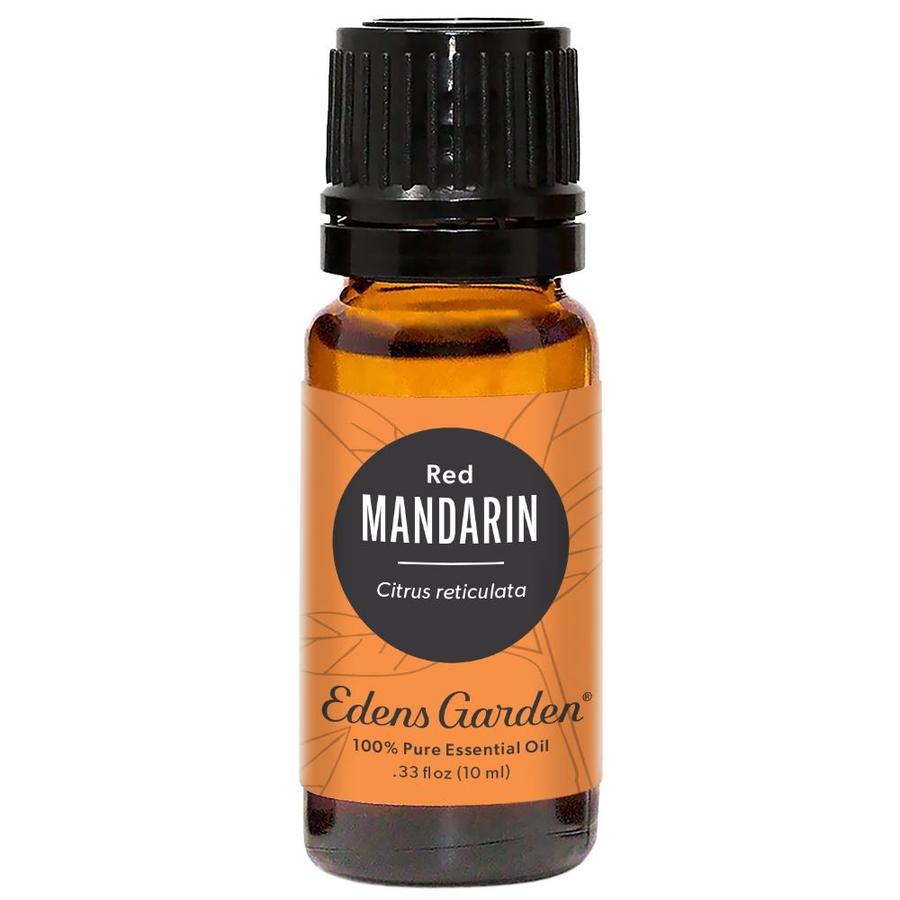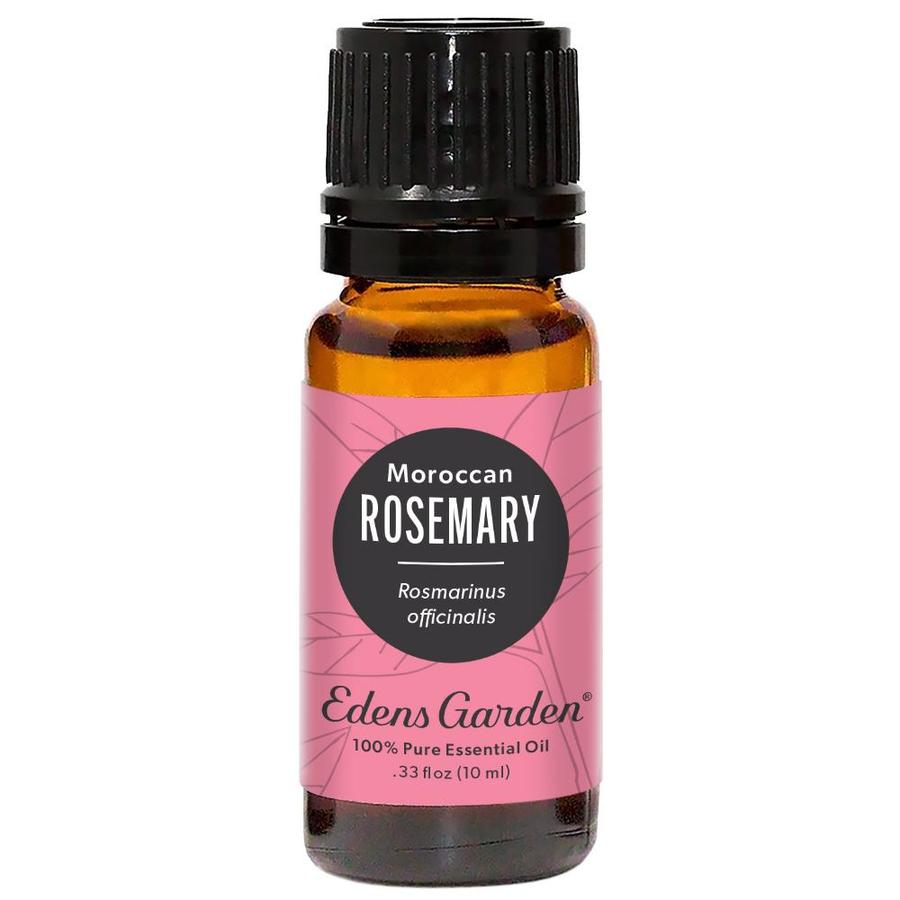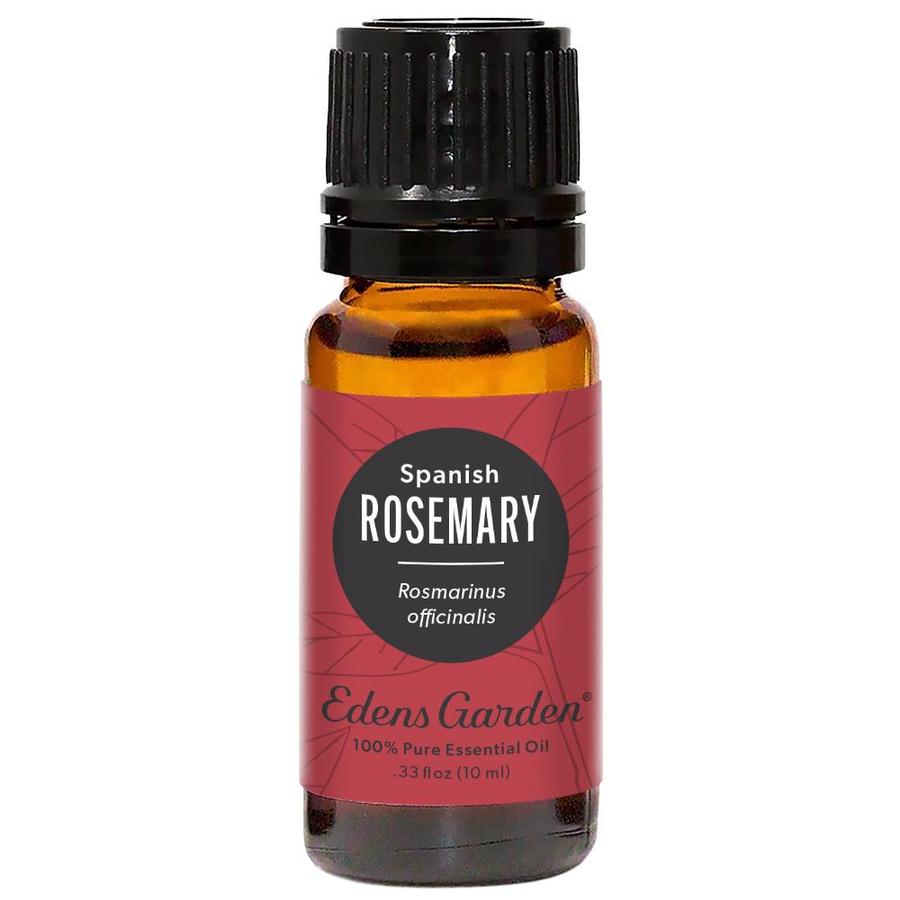Dear EG: Why Do Some EOs Have the Same Botanical Names?

Understanding essential oils requires many scopes of study. Aromatherapists must have knowledge of the taxonomy of essential oils, amongst other things. Taxonomy is the practice of defining organisms such as plants. You may have noticed that some oils have the same botanical name. Why is that, and what do botanical names tell us about essential oils? Lucky for you, this taxonomy lesson is free (and doesn’t include taxes).
Genus Species
Genus is a group of related plants that include different species. Species is a comprehensive class within a genus. For example, the chart below clearly defines the name, genus and species of Tangerine-
Name Genus Species
Tangerine Citrus reticulata
Note that the genus is always capitalized and species is not. The botanical name is also written in latin, and commonly italicized.
Plant Similarities
There are multiple reasons why EOs might share the same botanical name. Mandarin and Tangerine, for example, have different names but share the same botanical name, Citrus reticulata. They are of the same genus (Citrus) being that they are both citruses. Beyond being citruses, Mandarins and Tangerines have thin, loose peels making them easily peelable, classifying these plants under the same species (reticulata). However, each fruit is still different giving the EOs in which they produce unique therapeutic properties and aromas.
Differences In Production
Oils may have the same botanical name but are produced differently. Edens Garden offers both Ylang Ylang I and Ylang Ylang Complete, which share the botanical name Cananga odorata. As Ylang Ylang is being distilled, the oil is collected multiple times. The first collection is considered Ylang Ylang Extra, the second is Ylang Ylang I, the third is Ylang Ylang II and then finally Ylang Ylang III. Ylang Ylang Complete is a combination of all of the above. Thus, Ylang Ylang is distilled once but collected at different times, producing unique oils from the same plant.
Chemotype & Origin
Some essential oils are classified by the oil’s main constituent, as with Rosemary Moroccan and Rosemary Spanish. These oils share the same botanical name, Rosmarinus officinalis, but their chemotypes differ. A chemotype is an oil’s overriding constituent. Looking at Rosemary Moroccan’s GC/MS report, you will find that its chemotype is cineole whereas Rosemary Spanish’s chemotype is camphor. A plant’s environment, in this case Morocco and Spain, is a major factor in an oil’s varying constituents. Thus, though the plants which produce these oils are similar enough for them to share the same botanical name, their therapeutic properties and aromas are distinct.
Name Calling
Plants and the essential oils which they produce are incredibly complex. An oil might be produced from the same plant but different plant parts and produce distinguishable oils, as with Cinnamon Bark and Cinnamon Leaf. There are many reasons that an EO might have the same botanical name but a different common name, and each is an integral part of a deeper understanding of aromatherapy.













Leave a comment (Comments will be approved before showing up)